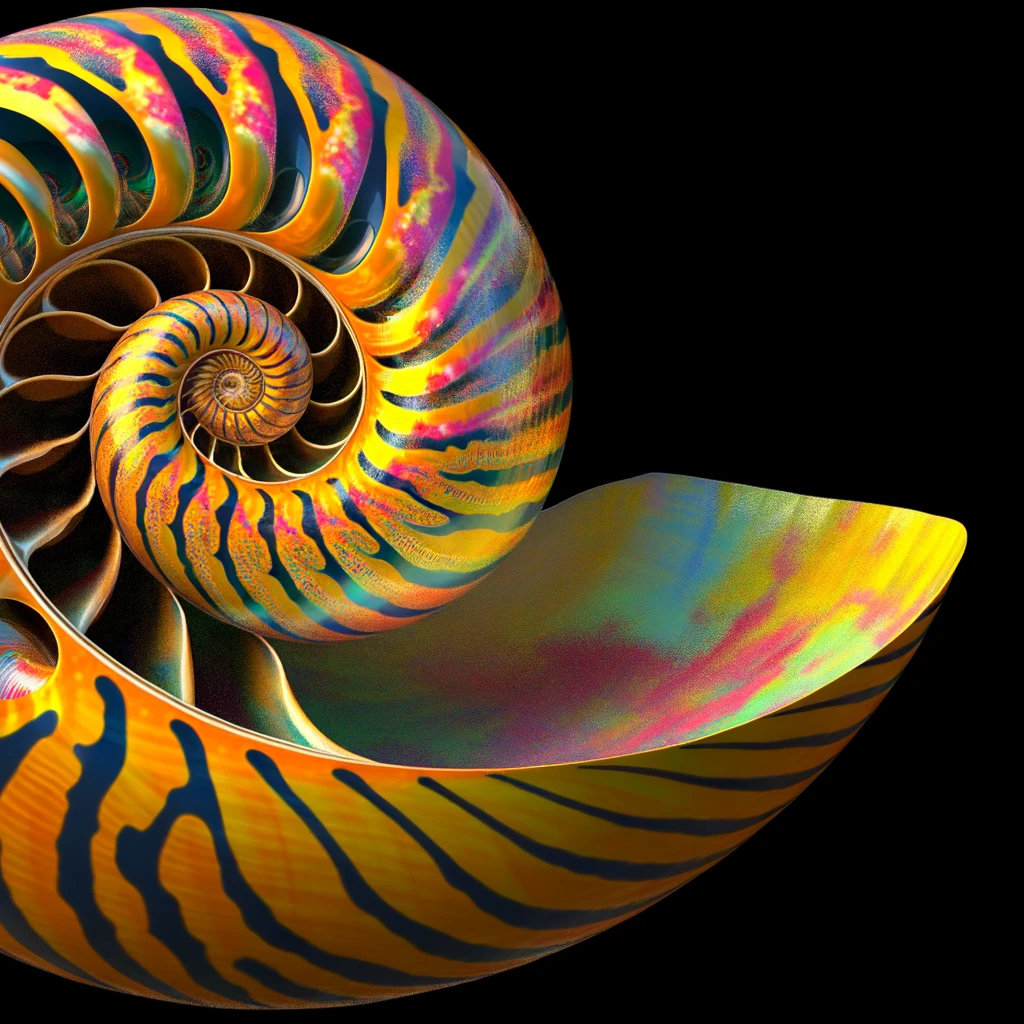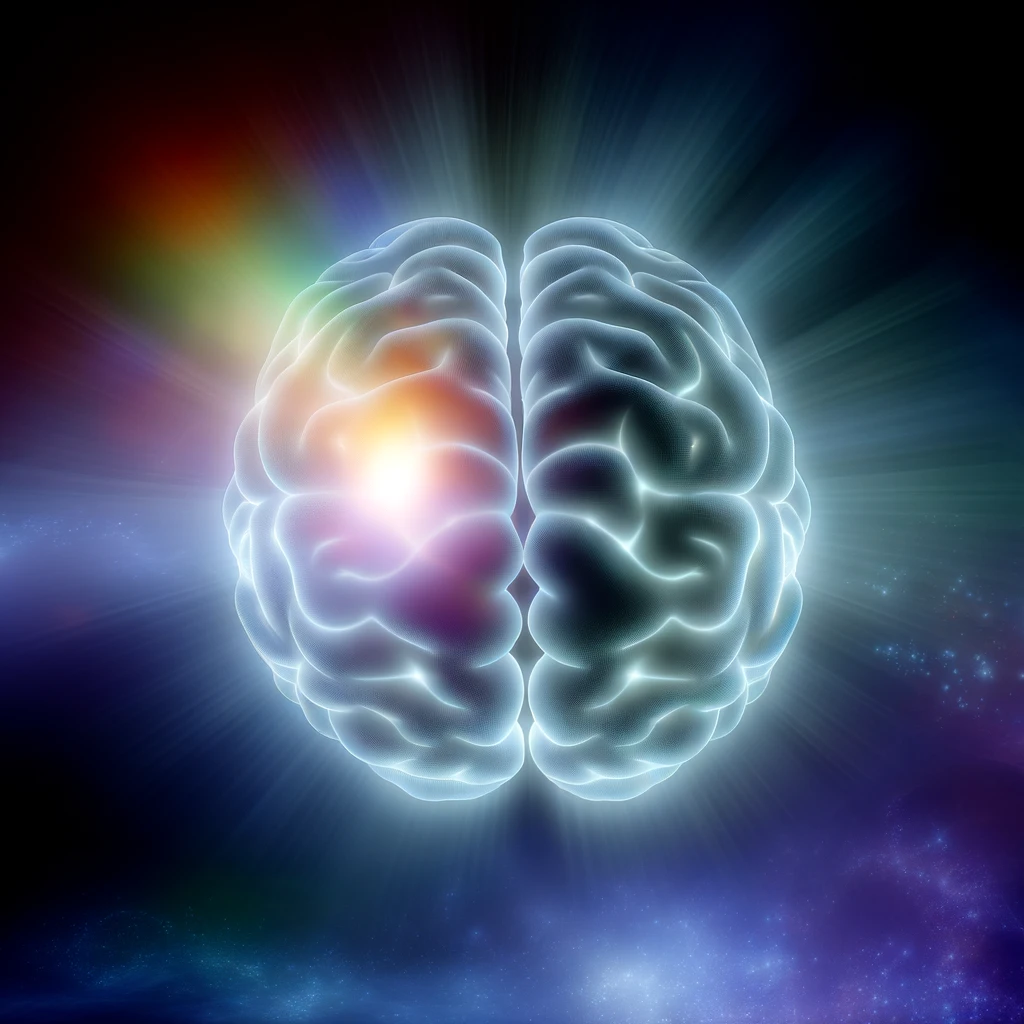
The Golden Ratio: The Mathematics of Beauty and Nature
The Golden Ratio, often denoted by the Greek letter Phi (Φ), is a mathematical concept that has fascinated mathematicians, scientists, and artists for centuries. It is defined by the irrational number approximately equal to 1.6180339887, and it appears in various aspects of art, architecture, and nature, signifying harmony and beauty.
The History and Origin of the Golden Ratio
The origins of the Golden Ratio can be traced back to ancient civilizations. The earliest known written records about the Golden Ratio come from Euclid's "Elements," where he describes it as the "extreme and mean ratio." The term "Golden Ratio" itself was popularized in the 19th century by mathematicians who recognized its recurring presence in geometry and art.
Fibonacci Sequence and the Golden Ratio
The connection between the Fibonacci sequence and the Golden Ratio is one of the most famous in mathematics. The Fibonacci sequence is a series of numbers where each number is the sum of the two preceding ones. As you move further in the sequence, the ratio of consecutive numbers approaches the Golden Ratio. This relationship manifests itself in various natural phenomena, such as the arrangement of leaves around a stem and the pattern of a nautilus shell.
The Golden Ratio in Art and Architecture
Throughout history, artists and architects have utilized the Golden Ratio to create aesthetically pleasing compositions. The Parthenon in Athens, Leonardo da Vinci's "Vitruvian Man," and Salvador Dalí's "The Sacrament of the Last Supper" are just a few examples where the Golden Ratio plays a critical role in the design.
Modern Applications
In modern times, the Golden Ratio continues to influence design principles in various fields. Graphic design, photography, and even stock market analysis employ the Golden Ratio to create visually appealing and harmonious compositions.
The Golden Ratio in Nature
Nature is the ultimate artist, and the Golden Ratio is evident in its creations. From the spirals of galaxies to the pattern of hurricanes, the Golden Ratio can be seen in the very fabric of the universe. In plants, the arrangement of leaves, petals, and seeds often follow the Fibonacci sequence, which is closely related to the Golden Ratio.
Human Anatomy and the Golden Ratio
The human body itself is a testament to the Golden Ratio, with proportions of the face, limbs, and overall structure often aligning with this mathematical concept. This has led to its association with the idea of ideal beauty.
Conclusion
The Golden Ratio is more than just a number; it is a universal principle that links mathematics with the natural world and human creativity. Its presence across different domains serves as a reminder of the interconnectedness of science, art, and nature, offering a glimpse into the underlying symmetry of the universe.
Related Articles





